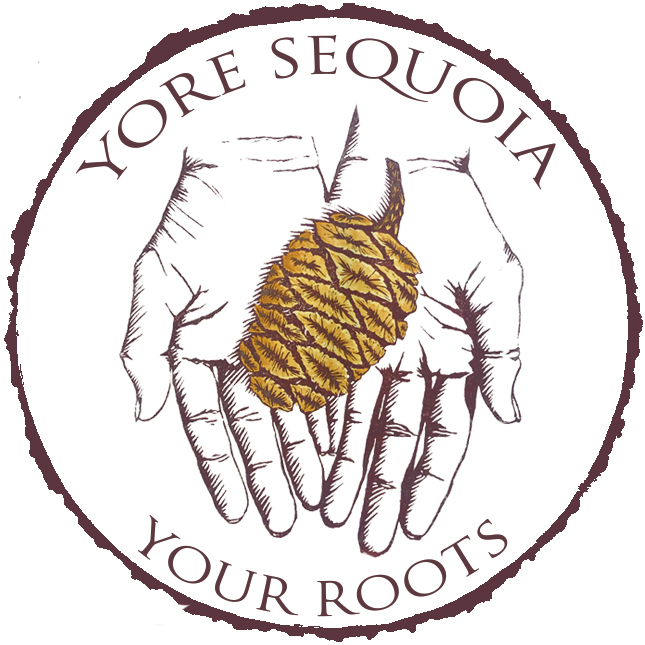Research Database
Welcome!
Welcome to the Yore Sequoia Research Database. Are you an historian, archaeologist, educator, or student seeking additional information about Sequoia National Park and its vicinity and those who helped shape it? This database provides a structured way to search for such information. The database currently includes collections of photographs and documents; detailed information about people; and detailed information about mining district claims. The database allows you to list the data in a table based on specific criteria, sort the data, view data records, and explore the relationships between people, mining district claims, and documents.
NOTE: In compliance with federal laws, some of the information is protected and can be accessed only by people who log in to the system. This is primarily information that can reveal the locations of archaeological sites. If you are a qualified archaeologist, you can request access to the information by contacting the National Park Service, obtaining permission, and then sending that permission to us.
Use the tabs above to view the database records.
Collections
This tab provides access to collections of scanned documents pertaining to Sequoia National Park and the vicinity. It includes photographs, letters, journals, and mine claim records. Some collections are access-controlled to protect archaeological resources and sensitive information. Explore >>>
People
This tab provides access to detailed information about individuals who have been substantively associated with Sequoia National Park and the vicinity, including women, children, and ethnic minorities. Explore >>>
Habitations
This tab provides access to detailed information pertaining to towns, settlements, and camps derived from historical and archaeological research. Access to some of the information requires login. The information about settlements and camps that are no longer occupied is access protected. Archaeological sites are, by default, protected under the law; accordingly, location information and any documents with location information are accessible only to researchers with access granted by the National Park Service. Explore >>>
Claims
This tab provides access to detailed information about mining district claims. The data pertain to individual mining district mine and mill site claims and are derived from historical and archaeological research. Access to this information requires login. Mining sites are considered protected under the law; accordingly, location information and any documents with location information are accessible only to researchers with access granted by the National Park Service. Explore >>>
Locations
This tab provides access to scanned location notices for historic mine and mill site claims, as well as detailed meta-data about the claims. Login is required to access this information. Because most of these location notices include sensitive location information, they are accessible only to researchers with access granted by the National Park Service. Explore >>>
Transfers
This tab provides access to scanned transfer notices for historic mine and mill site claims. Login is required to access this information. Any transfer notices with location information are accessible only to researchers with access granted by the National Park Service. Explore >>>
Log In
Access to protected information requires an account. If you have one, you may log in here; otherwise, you may request an account below.
Lost password?
Don't fret... it happens to all of us. If the email address we have on file for you matches the one you enter, you'll be receiving a helpful email soon. If you don't receive it soonish, check your spam or junk mail folder. If all else fails, contact us.
Need Access?
You may request an account or access to additional information via the form below. Note that to access archaeological information you must have the explicit written permission of the National Park Service, which may require you to be a legally qualified archaeologist.
